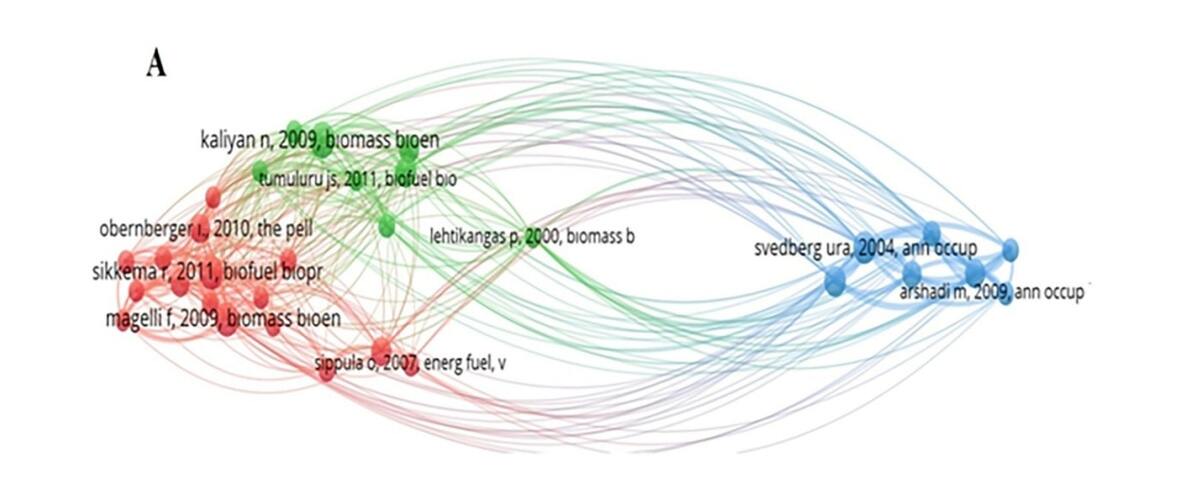Archive
Online first
Current issue
Instructions for Authors
Guide for authors
Peer Review Policy
Research Ethics Policy
Crossmark Policy
Ghostwriting and Guest Authorship
Copyright
Open Access Policy
Plagiarism
About the Journal
Aim and Scope
Scientific Board
Publisher
Editorial Board
Indexing in databases
Personal Data Protection
Repository policy
Contact
ORIGINAL PAPER
Global research trends in wood pellets, a renewable energy: a bibliometric analysis
1
Forest Industry Engineering, Karadeniz Technical University, Turkey
2
Forestry, Artvin Çoruh University, Turkey
3
Computer Engineering, Sinop University, Turkey
4
METALLURGICAL AND MATERIALS ENGINEERING, Sinop University, Turkey
5
Forest Engineering, Artvin Çoruh University, Turkey
These authors had equal contribution to this work
Submission date: 2025-01-28
Final revision date: 2025-05-30
Acceptance date: 2025-06-10
Online publication date: 2025-11-12
KEYWORDS
TOPICS
ABSTRACT
Due to global warming and climate change, more importance has started to be given to renewable energy sources instead of fossil fuels in recent years. Wood pellets are also one of the renewable energy sources and a growing number of studies have been conducted regarding wood pellets. Therefore, developments and trends in the field of wood pellets can be determined through bibliometric analysis of publications. This study aimed to explore the current status and current hot topics of research on wood pellets between 1980-2023 using performance analysis and science mapping. For this purpose, we carried out a bibliometric analysis of 758 publications in the Web of Science database scanned with the keywords "wood" and pellets". The numbers of publications and cited citations on wood pellets have grown steadily over the years, with 67% of publications produced and 89% of citations cited in the last decade. 2294 Authors from 884 organizations and 6 continents contributed publications in the field of wood pellets. University of British Columbia (Canada) and United States Department of Energy (USA) were the major institutions with the largest publications and the most cited. Sokhansanj Shahab from the University of British Columbia was the most active and most cited author. The published literatures have focused on three topics: biomass, bioenergy and combustion. As a result, this study will provide a general perspective for future research in the field of wood pellets.
We process personal data collected when visiting the website. The function of obtaining information about users and their behavior is carried out by voluntarily entered information in forms and saving cookies in end devices. Data, including cookies, are used to provide services, improve the user experience and to analyze the traffic in accordance with the Privacy policy. Data are also collected and processed by Google Analytics tool (more).
You can change cookies settings in your browser. Restricted use of cookies in the browser configuration may affect some functionalities of the website.
You can change cookies settings in your browser. Restricted use of cookies in the browser configuration may affect some functionalities of the website.



